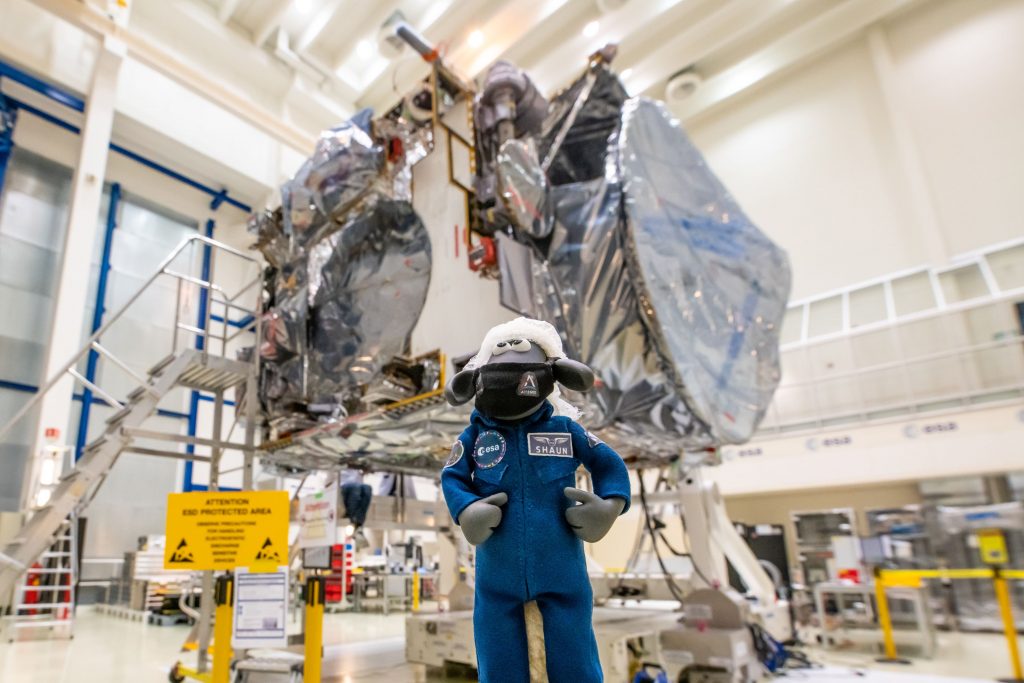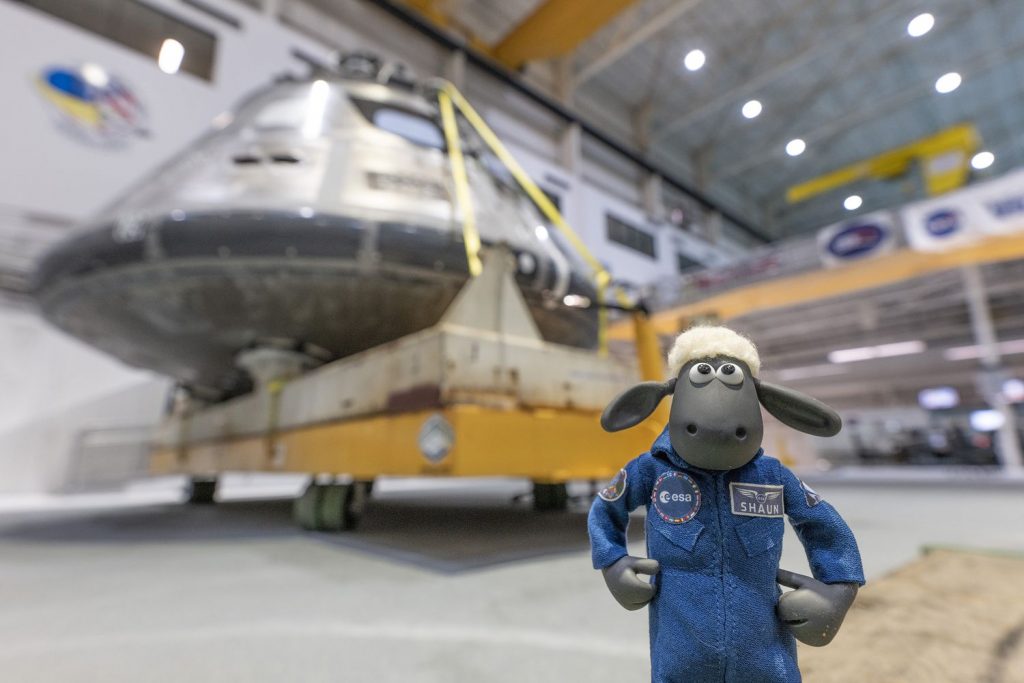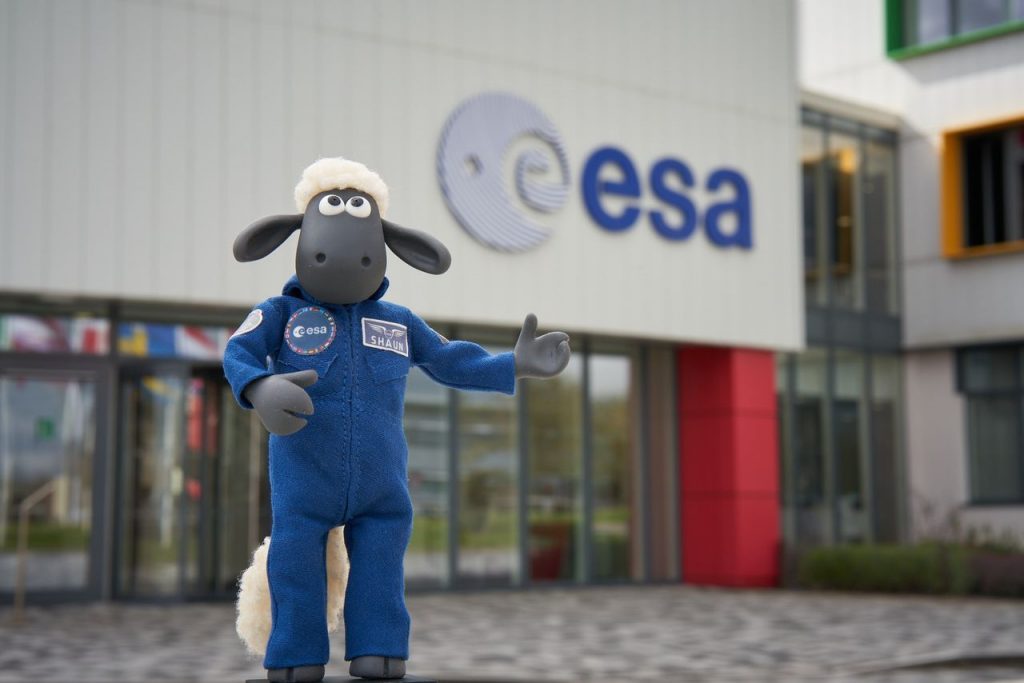The specially trained astronaut Shaun the Sheep has been assigned a seat on the Artemis I mission to the Moon. This series of ESA blog posts covers Shaun’s training and preparations leading up to launch.
Becoming an ESA astronaut is extremely competitive. Once selected, ESA astronauts typically spend a minimum of three years of training before flying to space for the first time. Shaun the Sheep has been working hard to complete a fast-track training to space.
There are several phases leading to a spaceflight: basic training, pre-assignment training and assigned crew training.

Basic training is an introduction to the fundamentals of spaceflight. During this initial phase, astronauts complete survival training and learn special skills like robotic operations.
Training is tailored to the trainees’ background. Each astronaut completes the different phases and reaches proficiency at a different pace, depending on their previous experience, skills and tasks assigned to a mission. Shaun the Sheep is no exception.
Once he was assigned to the Artemis I mission, mission-specific training began. During this period, Shaun had the opportunity to meet some other astronauts and learned from them how to efficiently work together once in space.
Across the globe
Astronaut training is decentralised and demands intensive coordination between the different space agencies involved. ESA’s training team ensures all European astronauts are well prepared and equipped for the next phase of space exploration.
Spaceflight training is challenging to follow and to organise. If you consider that 30 to 40 astronauts undergo training in one year at five different sites, you realise that all this calls for a tremendous organisational effort.
Training for Shaun the Sheep’s mission included sessions at ESA’s technical centre ESTEC in Noordwijk, the Netherlands, the European Astronaut Centre in Cologne, Germany, and NASA’s Johnson Space Center in Houston, Texas. Astronauts are also trained in taking payloads and simulators around the world to learn how to run experiments and react to emergencies.

On the road to space, astronauts also take part in other activities too, such as visiting space industry hubs or running technology demonstrations. For example, Shaun the Sheep had the chance to visit a space hub not far from his home – the European Centre for Space Applications and Telecommunications (ECSAT). At ESA’s first and newest facility in the United Kingdom, there was an opportunity to test new tools, such as virtual reality sets, learn about satellites and join virtual lessons.


 Automated Transfer Vehicle page
Automated Transfer Vehicle page ATV blog archive
ATV blog archive
 NASA Orion page
NASA Orion page NASA Artemis
NASA Artemis Airbus Orion page
Airbus Orion page
Discussion: 11 comments
Wonderful initiative. I hope this may leave many young fans to consider a career in science.
Go Shaun, Go! 🧑🚀🐑
Looking good there Shaun, you are in for the ride of your life. The Space Launch System (SLS) is the most powerful NASA has built and you will be sitting on top of it in the Orion Space craft.
Go Shaun
Please be safe Shawn! We humans need you!!!
Can Shaun fly with Artemis-II?
Go Shaun! Are you going to tweet during your journey? Take some pics! 😉
Nothing Impossible 😊
Shaun is the one that attracts me into animation.
Is there a Shaun compatible with ISO 8 cleanroom that we can buy or borrowed ? I’m interresting into making him some new nice visits…
Godspeed Shaun Sheep. 🙏 🖖
VEry good idea we are asure she is the best candidate!
My daughters can’t believe it!
Fly High Shawn!!!
… and come back safe!